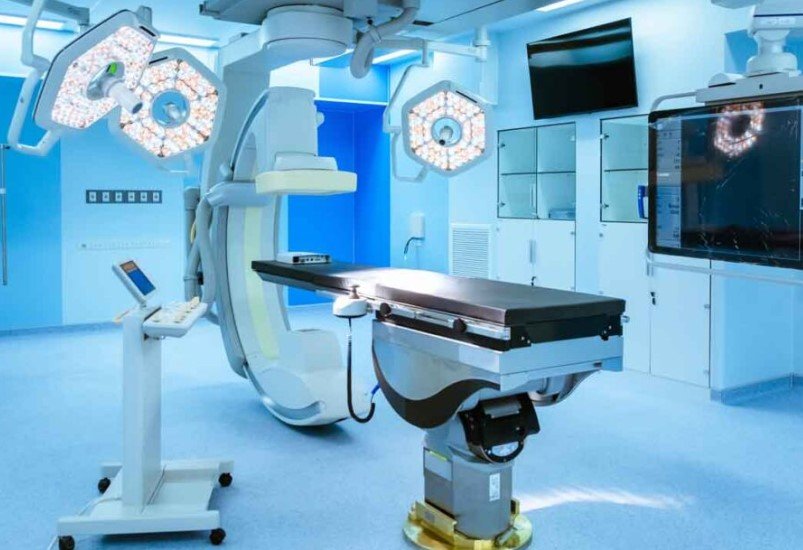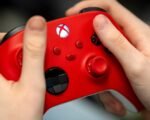Georgetown Public Hospital Corporation has launched new arthroscopic technology to improve orthopaedic care in Guyana. This move, announced on September 11, 2025, allows local patients to get advanced joint surgeries without traveling abroad, cutting costs and speeding up recovery.
A Game Changer for Local Healthcare
This breakthrough comes from a partnership between GPHC and the Health and Education Relief Organisation. The new setup lets surgeons perform minimally invasive operations like ACL reconstructions and rotator cuff repairs right in Guyana.
Patients no longer face the burden of overseas treatment. Instead, they benefit from procedures that use tiny incisions and a small camera to fix joint issues. This reduces pain and infection risks compared to old open surgery methods.
The hospital has already done 19 arthroscopic surgeries and eight related ones since the launch. Doctors say this tech marks a big step forward for the nation’s health system.
Experts point out that arthroscopy helps people return to daily life faster. For athletes or workers with knee injuries, this means quicker healing and less downtime.

How the Technology Works
Arthroscopic surgery involves inserting a thin tube with a camera into the joint. Surgeons view the inside on a screen and use small tools to repair damage.
This method stands out for its precision. It targets problems like torn ligaments or damaged cartilage without large cuts.
Key benefits include:
- Shorter hospital stays
- Lower chance of complications
- Faster return to normal activities
In a recent video from GPHC, surgeons showed how they completed knee repairs through micro incisions. These achieve the same results as bigger operations but with better patient comfort.
Training plays a key role too. Local doctors work with experts to learn these skills, building long term capacity in Guyana.
One surgeon noted that having the equipment on site changes everything. It lets teams treat more cases quickly and effectively.
Impact on Patients and Economy
People in Guyana now have access to top level care that was once out of reach. This saves money on travel and foreign medical bills.
For example, a patient with a shoulder injury can get fixed locally instead of flying to the US or Europe. Recovery might take weeks instead of months.
The economy gains too. Healthier workers mean less lost productivity. Plus, it draws medical talent to stay in the country.
Recent data shows rising demand for orthopaedic services in Guyana. With an aging population and more sports injuries, this tech meets a growing need.
| Procedure Type | Number Completed | Average Recovery Time |
|---|---|---|
| ACL Reconstruction | 10 | 4-6 weeks |
| Meniscal Repair | 5 | 2-4 weeks |
| Rotator Cuff Repair | 4 | 6-8 weeks |
This table highlights early successes at GPHC. Numbers come from hospital reports on the first batch of cases.
Families report high satisfaction. One patient shared how the surgery let her walk without pain after years of struggle.
Training and Future Plans
GPHC focuses on building skills through joint efforts with partners. Surgeons from abroad train local staff on the new tools.
This includes hands on sessions for complex cases. The goal is to make Guyana self reliant in advanced orthopaedics.
Looking ahead, the hospital plans to expand services. They aim to add more equipment and train additional teams by 2026.
Officials say this fits into broader health upgrades. Recent additions like a new imaging suite and electronic records boost overall care.
Community leaders praise the initiative. It shows commitment to modern medicine in a developing nation.
Broader Health Advances in Guyana
This launch ties into other recent improvements at GPHC. For instance, a new pathology lab opened earlier this year with global partners.
That lab speeds up disease diagnosis through digital links with experts abroad. Together, these steps strengthen the public health system.
Guyana’s government pushes for better medical access. Investments in tech like MRI machines and online booking help patients nationwide.
Experts predict more innovations soon. With rising health budgets, orthopaedic care could see even more growth.
Challenges and Next Steps
Not everything is smooth. Training takes time, and equipment needs maintenance. GPHC works to address these issues.
Patient education is key too. Many need to learn about these options to seek timely care.
Still, the outlook is positive. Early results show fewer complications and happier outcomes.
As Guyana develops, such tech bridges gaps in healthcare equity.
Share your thoughts on this health milestone in the comments below. If you know someone who could benefit, spread the word to help more people access better care.








